
- Vol. 44 No. 14
- Volume 44
- Issue 14
Technology makes physicians more efficient, reduces burnout
This article was reviewed by Michael B. Rivers, MD
Burnout is a problem that is not going away. As retina surgeons become increasingly busy, operating their practices more efficiently is a key to success.
Seeing patients is only a part of the process. Physicians have to manage their practice, and this includes inventory management, and providing value-based care.
With so many balls in the air at the same time, retina specialists become susceptible to burnout.
According to Michael B. Rivers, MD, retina surgeons often see 90 to 100 patients a day, making it extremely difficult for them to take time off, or even keep up with other practice needs. This phenomenon is not unique to retina specialists.
Dr. Rivers, director, EMA Ophthalmology, at
“Along came the ability to treat wet macular degeneration,” he explained. “That was a huge change for retina practices. These patients that you would normally see once a year and you wouldn’t have any treatment for them, you were suddenly seeing them once a month.”
As a result, the volume of patients began to increase almost overnight.
Dr. Rivers recounted a physician he recently visited who sees more than 120 patients a day. The visits do not require a lot of decision making.
“This contributes to burnout because it is not intellectually challenging,” he said. “They have no control over their lives.”
Some physicians may take more vacation, but when they return from vacation, the patients still need to be seen.
“It is a real change if you have moved to a surgical practice with a few patients to a tremendous number of patients,” Dr. Rivers added.
Related: Laser cataract surgery making complex cases more routineGoing electronic
Another change, according to Dr. Rivers, has been the advent of electronic health records (EHR).
“You have this burden of documentation for the federal government with software that isn’t designed to help the physician as a provider,” he said.
Dr. Rivers left his practice to join Modernizing Medicine, which offers physicians solutions to many of the problems connected to the daily operation of a practice.
The company was founded in 2010 by Daniel Cane and Michael Sherling, MD, MBA.
The goal, according to Dr. Rivers, is to make it easy to enter data into the company’s system and also to deliver data back to the clients.
“Everything we do is to make it easier for clinicians,” he said. “We also want to get them more information.”
Physicians can operate more efficiently with software that is easy to use with an app that is graphically oriented. Users can dictate rather than type.
“We also try to provide as much functionality as possible so that the software learns what types of things you do and presents information to you so things are easier,” Dr. Rivers said.
The software allows physicians to focus on diabetic retinopathy and wet macular degeneration. It also allows physicians to communicate with patients.
“Information can be printed out and handed to the patients,” Dr. Rivers said. “We also have a patient portal and additional patient engagement tools such as automated appointment reminders and surveys.”
This will lead to an increase in information for both patients and physicians and improved communications.
Inventory management
Drug inventory is key for a retina practice and the drugs used to treat wet macular degeneration and diabetic issues are expensive. The physicians have to purchase medications up front and track it and ensure it is assigned to the right patient and billed correctly.
“Drug inventory software is a very important part of the documentation process with electronic health records,” Dr. Rivers explained.
Optical and ASC inventory also are key for physicians.
Drug inventory management is a large burden for any practice. A retina specialist may buy $500,000 in inventory each year.
“That is a tremendous amount of money,” Dr. Rivers said. “Even a few percent loss can add up to a tremendous amount of money.”
Automation can be key to successful inventory practices, and can ensure efficient flow.
Patients benefit from anything that helps the physician work more effectively. These efficiencies can help physicians operate more efficiently and spend more time with patients.
Through the automated systems, drugs are billed correctly through insurance. Dr. Rivers noted that automation and software design for drug inventory is critical to the retina practice.
Related: Drug availablility, pricing negatively affect the practice of glaucomaValue-based care
Over the last decade or so, trends have moved from paying for care because it has been delivered to understanding the quality of care that is provided.
“Value based care as a concept is to say that you want to provide cost-effective care and understand outcomes,” Dr. Rivers said. “Not only am I paying for something, if I am a payer or the federal government, but I also want to understand what value is being provided to patients for every dollar that I put in.”
It can be another level of burden for physicians, who traditionally have billed patients because services were provided. Now insurance companies want documentation about why something is happening and the value of a procedure for patients and whether standard procedures are followed.
If insurance providers tell a physician they have to provide outcome data on their patients with macular degeneration, the automated system allows them to deliver the information from the EHR.
“Our software is easy to get data in but we also have analytics in our package where data analysis is delivered to the client,” Dr. Rivers noted. “If I want to find patients who have been treated with wet macular degeneration with a specific drug and what the outcomes are, I can do that. That is very powerful.”
The software allows physicians to access data on specific diagnoses as well as treatment algorithms and associated costs. This enables them to make financial decisions, and also provide data to payers.
“True value based healthcare is understanding clinical success, outcomes and the financial cost,” Dr. Rivers said. “This allows physicians to understand their costs. The business of medicine is like any other business. The more information you have, the better decisions you can make.”
When practices are successful, they run more efficiently, and can have more physicians and staff. The end result is shorter wait times and a staff that is more engaged.
In the field
Ajit Nemi, MD, MBA, Lotus Vision, Atlanta, GA, noted that it took a few weeks to get acquainted with the system, but he, along with his technician, have become more efficient with creating and finishing notes. It helps with efficiency.
“The available plans are detailed and fully customizable and I don’t have to do much data/text entry,” he explained. “I am actually able to leave the office earlier than I was able to before. As a cornea, cataract and refractive surgeon, I appreciate the comprehensive counseling information and treatment protocols for the diagnoses I most commonly encounter.”
Dr. Nemi noted that the system allows him to create operative reports for anterior segment procedures with the touch of a button, eliminating the need to dictate reports over the phone.
“EMA also provides specific charting protocols for post-operative patients that allow the physician to complete notes efficiently while automatically generating the appropriate codes and modifiers for the postop period,” he said.
Erik W. Niemi, DO, Advanced Eyecare, PC, Bennington, VT, noted that the EMA has made the practice’s communications and documentation more efficient than ever.
“The system is intuitive, with a clean layout and user interface that makes information easy to find,” he said. “For routine communications, I can complete and send custom preset letters to a primary care physician before leaving the exam room. We also have much easier on-call access to patient data as our physicians in any office can read each other’s notes instead of relying on the patient’s explanation.”
In the field, Dr. Rivers noted that physicians are finding the software is helping them operate at peak efficiency.
“When a practice is running efficiently, it can provide better care,” Dr. Rivers said. “That is a win for the physician and for the patient. You can have humans talk to patients, and that is what is important.
Read more by David Hutton
Michael B. Rivers, MD
E: [email protected]
Dr. Rivers is director, EMA Ophthalmology for Modernizing Medicine. He has no other financial disclosures.
Articles in this issue
about 6 years ago
Glasses eyed as treatment in childrenabout 6 years ago
New battles taking place in fight to control drug costsNewsletter
Don’t miss out—get Ophthalmology Times updates on the latest clinical advancements and expert interviews, straight to your inbox.


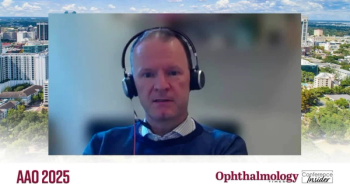
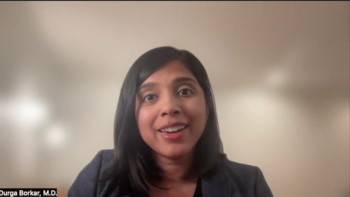

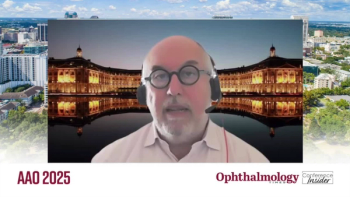

























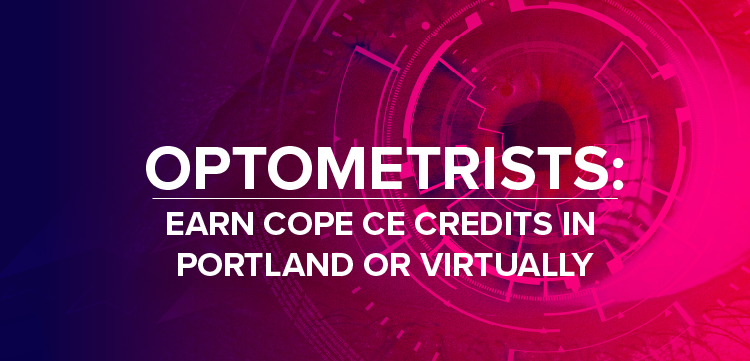

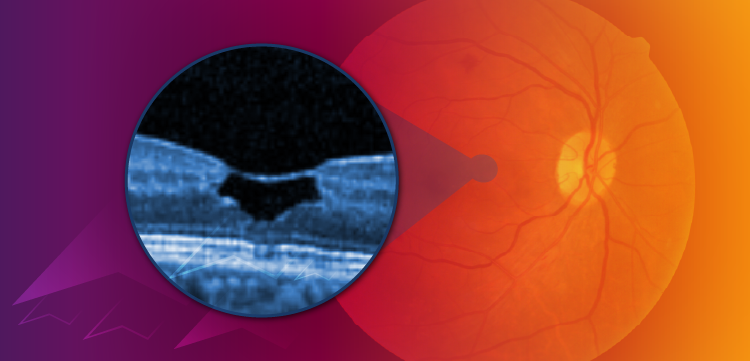




















.png)


